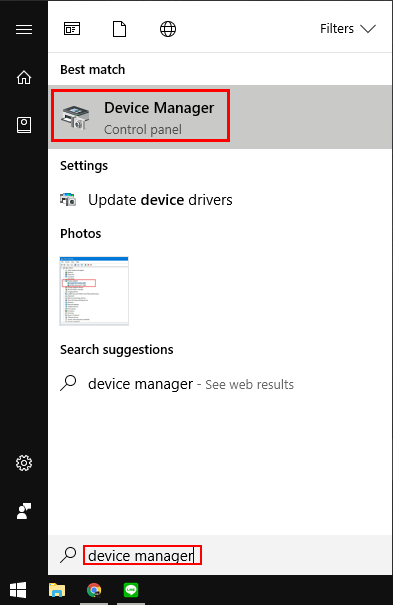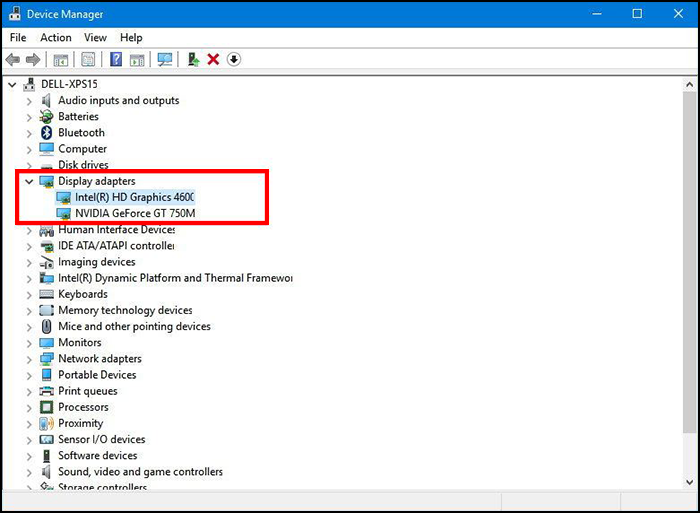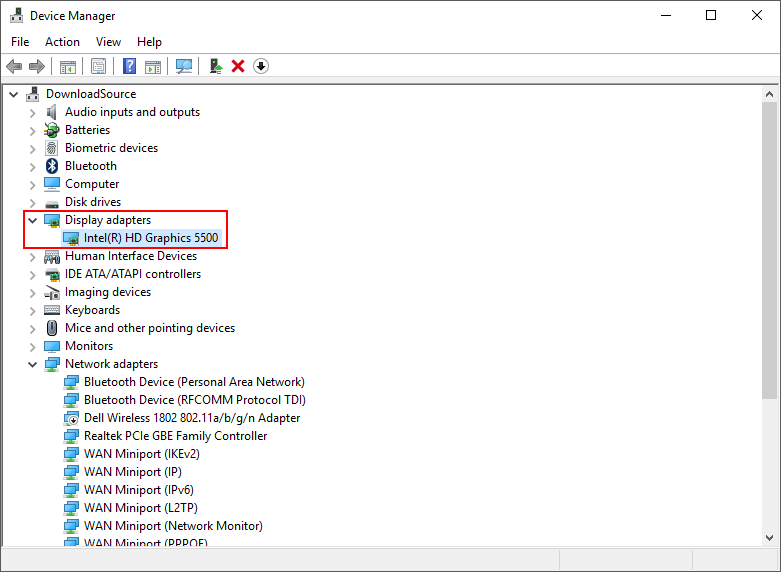If you aren’t sure if your computer has integrated graphics or dedicated/discrete graphics, there's a really easy way you can find out directly from Windows. Using this method you can identify any type of graphics card, both Intel, and AMD.

How to Request an Uber From Your Windows 10 PC.
For laptop computers, there are two types of GPU’s, Dedicated/Discrete and Integrated, Integrated GPUs are generally built into the system's processor. Two common platforms you may have heard of are Intel HD Graphics and AMD APU. Alternatively, if the GPU isn’t built into the processor, it will instead be built into the motherboard, in both instances, the GPU is still integrated and uses some of the systems onboard ram.
Dedicated or discrete GPU’s are quite different, as they are separate from your processor, far more similar to desktop graphics cards. Most dedicated graphics cards are add-in cards, however, sometimes they can also be found as an extension of the motherboard. The biggest difference between integrated and dedicated cards besides the physical aspects is that Dedicated GPU’s use their own memory (VRAM) instead of the system’s memory (RAM). Because of this dedicated cards are often far more powerful than their integrated relatives.
The main reason for finding out which of the two graphics types you have is to determine how well a game, program or app will run on your computer. As dedicated cards are far more powerful than integrated, it's important to check which type you have before investing in software that may not function well with the equipment you have. Below are a few Pros and Cons of each type of graphics system.
Integrated Graphics:
- Laptops with integrated graphics are generally cheaper.
- Integrated graphics uses less battery power.
- Focused on casual users.
- Not recommended for software/games with intensive use of graphics.
- As they don’t have dedicated memory and use system RAM graphics intensive programs can lag the entire system.
Dedicated/Discrete Graphics:
- Much higher power consumption.
- High heat output.
- Laptops with dedicated GPU’s are more expensive.
- Generally focused on gaming and graphic intensive program use.
- Have their own VRAM (video memory) so don’t use system RAM. Video playback quality is a lot better and runs smoothly even in 4K.
- More often than not they are also bigger laptops.
How to Check if a Laptop Has Integrated or Dedicated Graphics.
The first thing you need to do is make sure you have your computer turned on and are logged into your account. Next, open the Start Menu and search for Device Manager, when you see it on the list, click to open it.

Inside the Device Manager tool, find and expand the Display Adapters heading from the list of hardware installed on your computer. If under this heading you see more than one adapter in the list, your computer has a Discrete/Dedicated GPU. On Intel systems, Intel HD Graphics is your integrated chip, the other adapter on the list is the Dedicated graphics processor.

If you only see once device on the list, you have Integrated Graphics. For example Intel HD Graphics.

If your system is AMD rather than Intel, things are a little more complicated. Regardless of how many items are showing in the list, you will need to check the AMD Graphics card website to determine exactly which kind of graphics card it is. Now that you know the name of your specific AMD GPU, you can visit the AMD’s graphics cards website and find out if the card listed is integrated or dedicated.
It’s important to remember that the power of the card will also depend on what sort of software you can run. Just because a graphics card is integrated, it doesn’t mean it has less power than a dedicated card.
